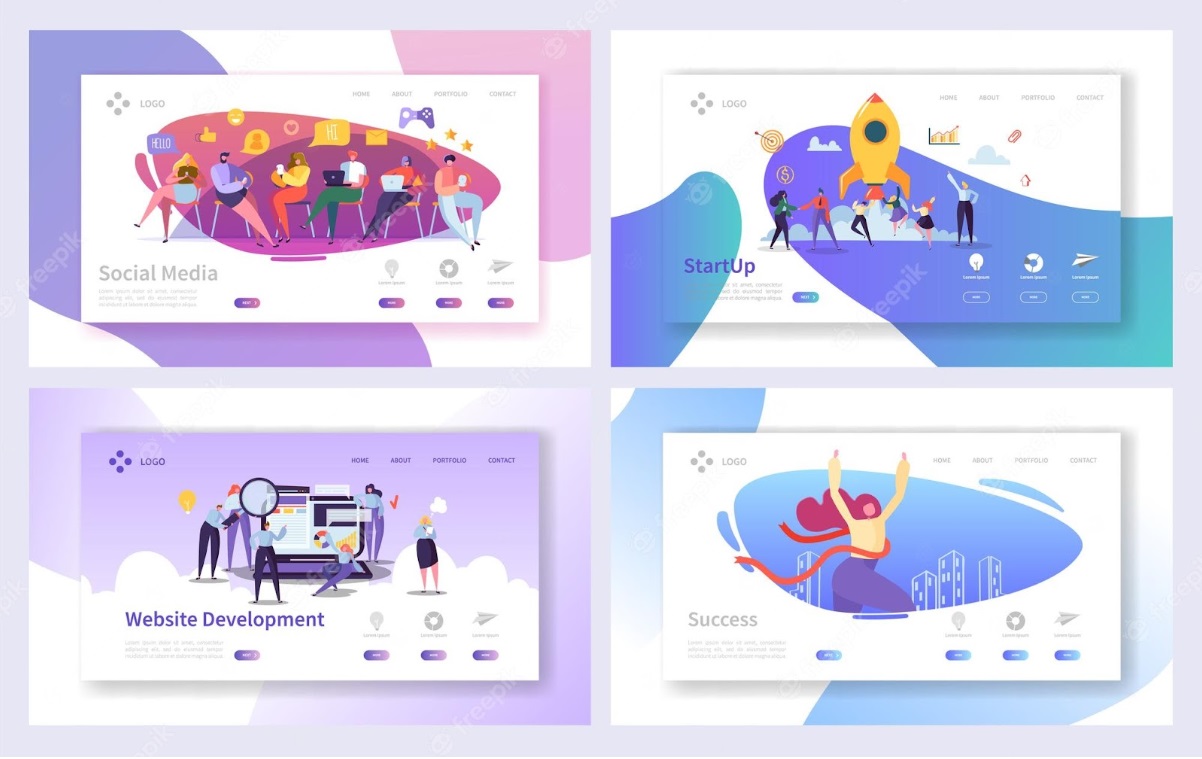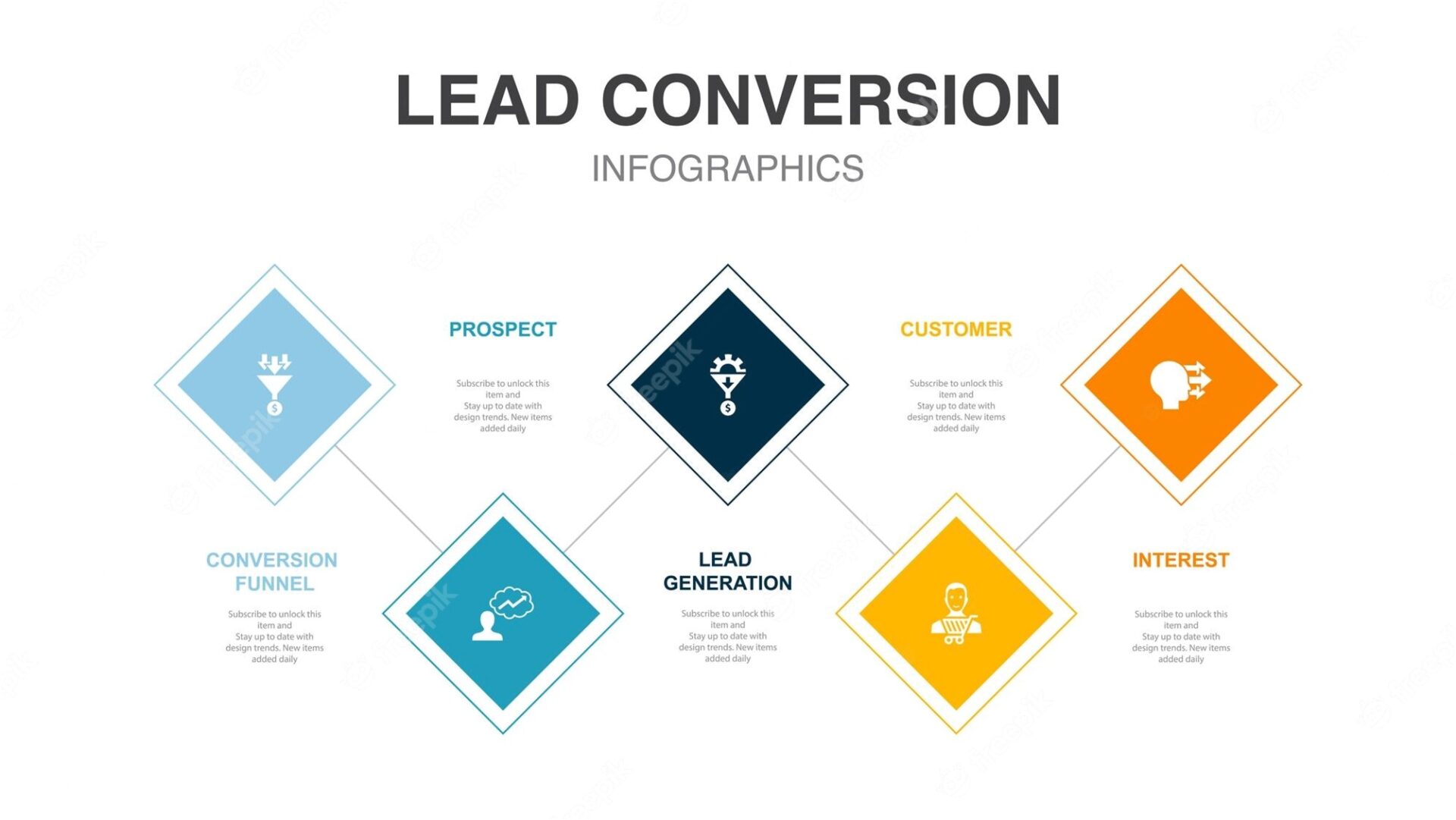Lead generation is a process of identifying and cultivating potential customers for a company’s products or services. This is a crucial aspect of any successful business and an essential part of any digital marketing strategy. In the digital age, lead generation has become easier than ever with various tools and software. However, it’s not just about having the right tool or software; it’s about knowing how to use them effectively to create an effective lead generator for your business to capture new customers.
Understanding the Lead Generator
The first step to creating an effective lead generator is to understand what it is. A lead generator is a marketing tool or strategy that helps businesses capture potential customers. A potential customer can be anyone who has shown interest in a company’s products or services. Lead generators are designed to collect the contact details of these potential customers, such as their name, email address, phone number and other relevant information that can help them reach a new target.
Lead generation can be done through different channels including social media like Linkedin, email marketing, search engine optimization (SEO), content marketing, webinars, etc. The ultimate goal of lead generation is to convert those potential customers into paying customers.
Why is lead generation important for your business?
Lead generation is essential to the growth and success of any business. Without new lead generation, a business will not be able to attract new customers and increase revenue. Lead generation helps businesses build a pool of potential customers interested in their product or service.
Also, lead generation helps businesses build a relationship with potential customers. By providing value to potential customers, businesses can create an atmosphere of trust and loyalty. This trust and loyalty can lead to repeat orders and referrals, which are critical to the long-term success of any business.
Types of lead generation
There are many types of lead generation strategies businesses can use. Among the most popular are
Inbound lead generation
Inbound lead generation is the process of attracting potential customers to your business website or social media pages through content marketing, SEO, and other digital marketing strategies. The goal of inbound lead generation is to provide value to potential customers and build a relationship with them.
Outbound lead generation
Outbound lead generation is the process of reaching potential customers through cold calling, email marketing, and other direct marketing strategies. The goal of outbound lead generation is to identify potential customers who may be interested in a company’s products or services.
Content marketing
Content marketing is a process of creating and sharing valuable content with potential customers in order to attract and retain them. The goal of content marketing is to provide value to potential customers and build a relationship with them.
Social Media Marketing
Social media marketing is the process of using social media platforms, like Linkedin, to reach potential customers and promote a company’s products or services. The goal of social media marketing is to create a community of potential customers and build a relationship with them, in order to retain them.
Steps to Create an Effective Lead Generator
Now that you know what lead generation is and why it’s important for your business, let’s take a look at the steps to create an effective lead generator for your business.
1. Identify your target audience
The first step in creating an effective lead generator is to identify your target audience. You need to understand who your ideal customer is, what they are interested in, and the problems they are looking to solve. Once you have identified your target audience, you can create content that will resonate with them.
2. Create a value proposition
Once you have identified your target audience, the next step is to create a value proposition. Your value proposition should clearly communicate the benefits of your products or services to your potential customers. It must be clear, concise and convincing.
3. Design your lead magnet
A lead magnet is a valuable piece of content that you offer to your potential customers in exchange for their contact information. Your lead magnet should be designed to provide value to your potential customers and solve a problem they are facing. It can be an e-book, white paper, webinar, or any other valuable content.
4. Promote your lead magnet
Once you’ve created your lead magnet, the next step is to promote it. You can promote your lead magnet through different channels, including social media (Linkedin, Facebook, Twitter), email marketing, and paid advertising. The goal is to get as many potential customers as possible to download your lead magnet and submit their contact details.
5. Lead generation tools and software
There are many lead generation tools and software that can help you create an effective lead generator for your business. Some of the most popular tools include landing page building tools, email marketing software, and customer relationship management (CRM) software. These tools can help you automate your lead generation process, track your leads, and move them through the sales funnel.
6. The Inbound strategy in lead generation
As mentioned before, lead generation is the process of attracting potential customers to your website or social media pages through content marketing, SEO, and other digital marketing strategies. . The inbound strategy is based on the idea that if you provide value to potential customers, they will come to you. By creating valuable content that resonates with your target audience, you can capture potential new customers and build a relationship with them.
7. Measure the success of your lead generator
The final step in creating an effective lead generator is to measure its success. You need to track your leads, measure your conversion rates, and analyze your data to see what’s working and what’s not. By measuring the success of your lead generator, you can make data-driven decisions to improve your lead generation process.
Lead Generation Best Practices
To create an effective lead generator for your business, you need to follow some best practices. These include in particular:
- Bring value to your potential customers
- Use compelling calls to action (CTAs)
- Use clear and concise language
- Make it easier for your potential customers to download your lead magnet
- Quickly follow up with your potential customers
- Use automation to streamline your lead generation process
- Continuously test and optimize your lead generation process.
Conclusion
Lead generation is an essential part of any successful business. By creating an effective lead generator, you can attract potential customers, build a relationship with them, and ultimately convert them into paying customers. By following the steps and best practices outlined in this article, you can create an effective lead generator for your business and take it from zero to hero.
After these tips, you can use SoContact to create personalized and automated marketing campaigns to reach their target audience and entice them to provide contact information. It can also help you with lead generation by simplifying and automating the marketing process.











